He almost froze to death. So he designed the puffer jacket

- Share via
Get The Wild newsletter.
The essential weekly guide to enjoying the outdoors in Southern California. Insider tips on the best of our beaches, trails, parks, deserts, forests and mountains.
You may occasionally receive promotional content from the Los Angeles Times.
Love your puffy? You can mostly thank Eddie Bauer, who created a down jacket in 1936 after the cold almost killed him. Bauer got caught in a storm as he hiked out from a fishing trip in his home state of Washington. “Eddie was in charge of carrying the 100 pounds of fish,” according to a history from the company that bears his name. “By the time he reached the top of the canyon wall, Eddie was hypothermic, his wool shirt a sheet of ice.” He managed to fire off a few shots in the air to signal distress and was rescued by a hiking companion.
That inspired Bauer to design a jacket light enough to be worn on the trail and warm enough to save lives. He called a prototype the Blizzard Proof. In 1940, he received the first U.S. patent for his down parka, which featured diamond-shaped quilting filled with goose down. It’s called the Skyliner — and a century later, the company still sells a version of Bauer’s classic model (currently on sale for $137).
Nowadays puffymania reigns, from the top of Mt. Everest to the fashion runways of Paris. Vogue UK this month declared “puffer jackets are selling out fast,” and profiled the most stylish ones that make a statement. Kamala Harris wore one on the campaign trail; incoming Treasury Secretary Janet Yellen wore a long black one at the inauguration (where Bernie’s mittens stole the show); and even Kate Middleton, duchess of Cambridge, has been known to rock a fitted red version.
To see Bauer’s original light brown jacket made in the first year of production, visit the Museum of History and Industry in Seattle (when it reopens after the pandemic). Thanks, Eddie. I have nothing but warm thoughts as I slide into my winter go-to jacket.
3 things to do this week
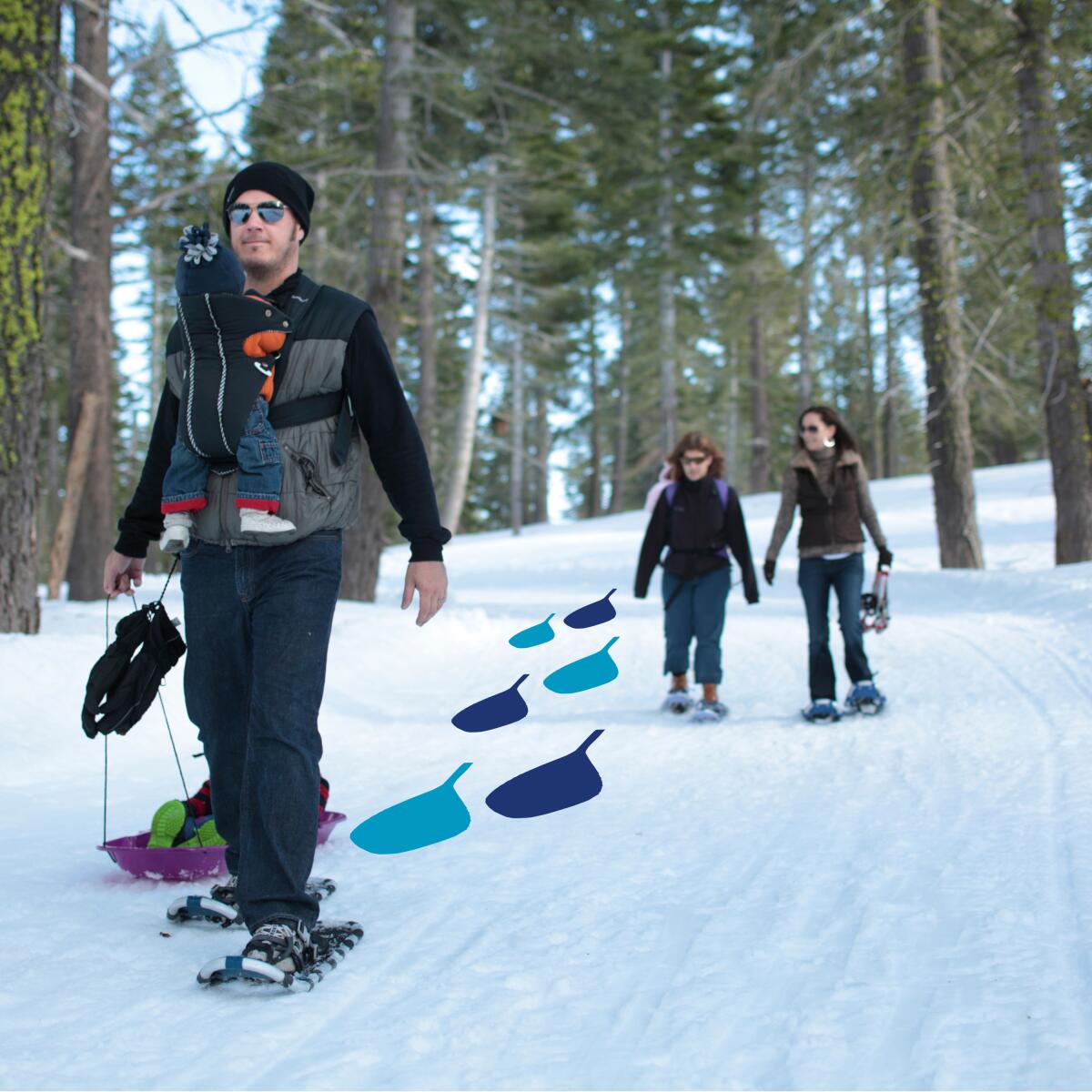
1. It’s time to snowshoe in the local mountains. “If you can walk, you can snowshoe.” You hear that a lot from people who like to take winter step by step. And it’s mostly true, except walking with snowshoes strapped to your boots is far more aerobic than a stroll down the street. That’s what makes it so exhilarating.
With SoCal’s recent storms that brought snow to the mountains, Rim Nordic Ski Area in Running Springs would be a good place to start. You can be in the backcountry on groomed trails — and not get lost. They rent snowshoes too. Full-day trail passes cost $22 for adults and $15 for children, plus $20 for rentals.
If you have backcountry skills and want to see your favorite trail in snow, you can rent snowshoes at REI stores in Arcadia, Burbank, Rancho Cucamonga and Santa Monica. You must reserve in advance, and prices are cheaper for REI members (a lifetime membership is $20). You can also reserve and rent from Lowergear.com, which ships all over the country, and Goldsmiths in Big Bear Lake. Just make sure you know how to navigate in snow and have other skills that can save you in the backcountry.
One big reminder: Check driving conditions with Caltrans before you go. Storms have made many roads, especially mountain routes, treacherous. Make sure you have tire chains and know how to use them.
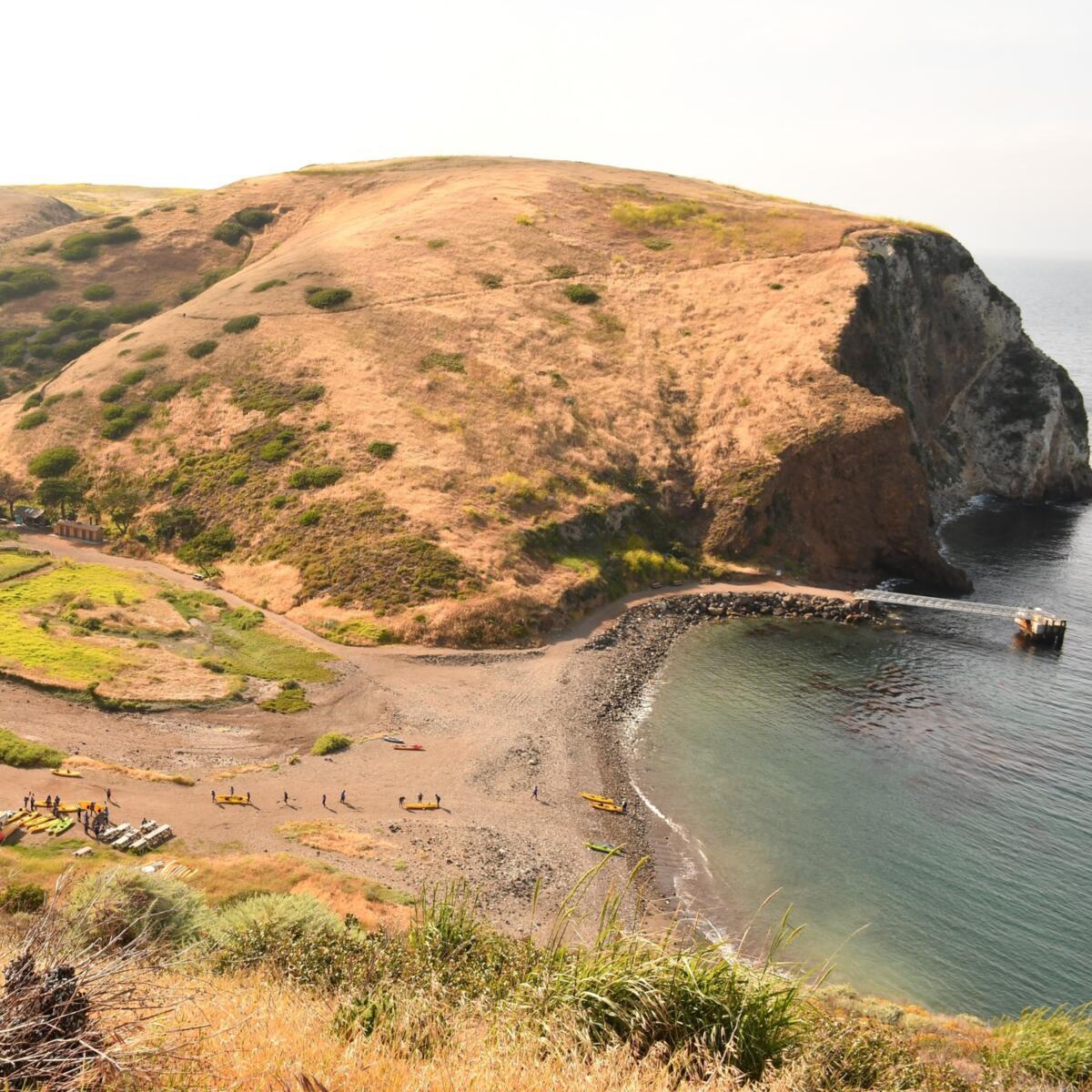
2. Plan a trip to Channel Islands National Park. Yep, sailings restart Friday. With the sudden lifting of the state’s strict COVID-19 rules, Island Packers in Ventura is restarting sailings to Channel Islands National Park. Visitors will find a new landing pier on Santa Cruz Island, one of the most popular places to visit in the park. You can plan a day or overnight trip (the island has campsites you can reserve at Recreation.gov, which temporarily closed Dec. 7). Death Valley, Joshua Tree and other national parks plan to reopen campsites they shut in December because of the state order. Here’s a list of reopenings.

3. Storytime in the mountains for kids, without leaving home. Antonio Sanchez works in the native plant nursery at the Santa Monica Mountains National Recreation Area. He’s also a compelling reader, holding up some of his little seedlings as he reads the book “Badger’s Perfect Garden.” It’s part of a series of pre-recorded programs called Reading With a Ranger. (Click here to see Sanchez.) Youth leader Adriana Barrera reads “Oso Quiere Volar” (“Bear Wants to Fly”) for young Spanish-speakers. (Click here.) Readers perform outdoors, and you don’t have to sign in at a particular time. When the young ones say “Again!,” you can just hit the button.
The must-read
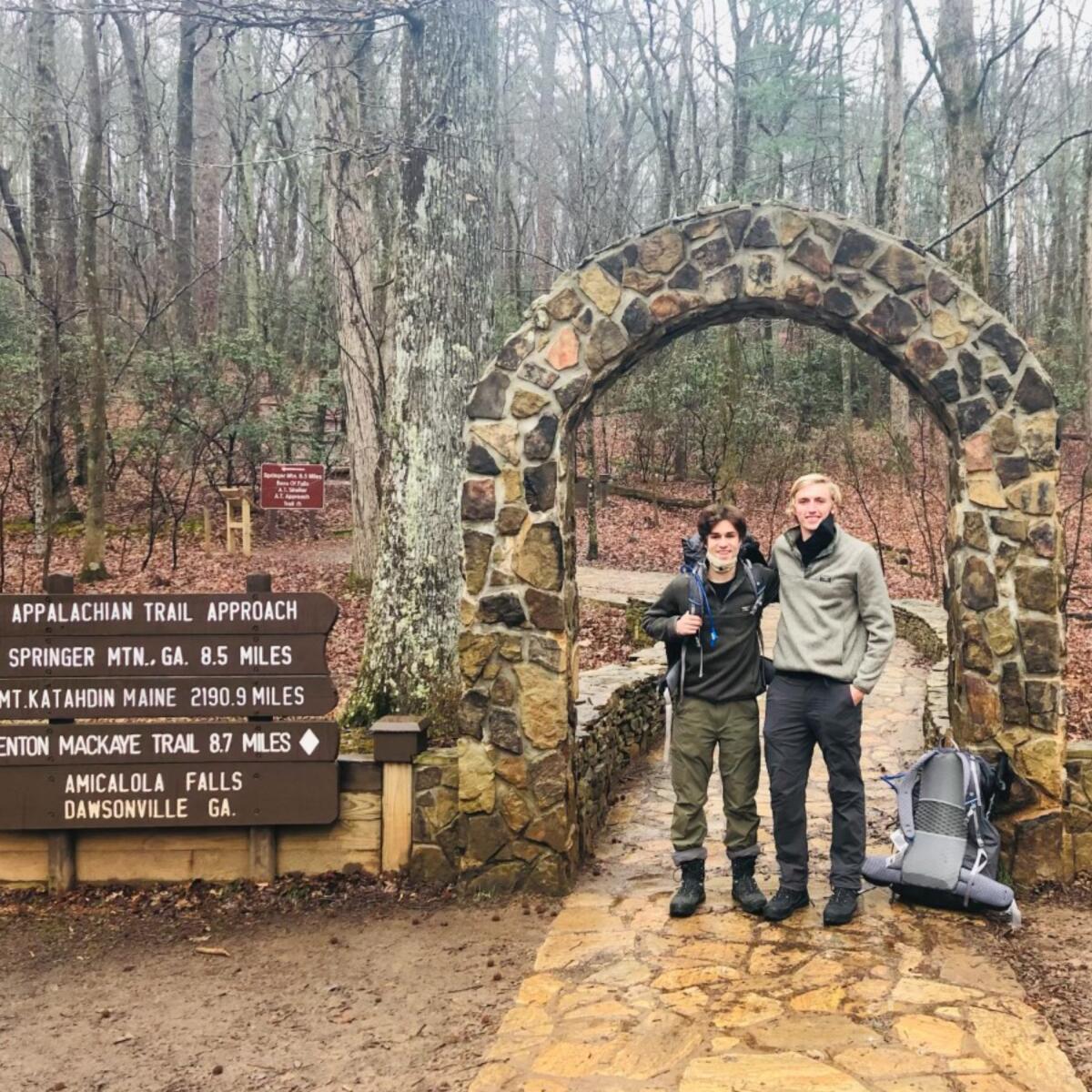
During the pandemic, some people made sourdough bread; others dressed up like their favorite paintings. Two Stanford students hatched a plan to start on a 7,940-mile journey that would take them to three of America’s toughest and most iconic thru-trails in a single year: the Appalachian, Continental Divide and Pacific Crest. Sammy Potter, 21, and Jackson Parell, 20, want to be the youngest known hikers to finish the ambitious trek dubbed the Calendar Year Triple Crown.
The pair started on the AT at Springer Mountain in Georgia on Jan. 1. Last week, they had hiked as far as Tennessee. “The iconic Roan Highlands in northeastern Tennessee draw a lot of visitors every year, but I think it’s safe to say not many people have had the experience we had there: beauty, pain, and sheer exhaustion wrapped together in a span of 48 ridiculous hours. Oh, and it all started with a faulty laundry machine,” said their recent Instagram post @cytriplecrown. I like their videos (called SnackChat, because they record them on breaks) and the opportunity to follow along vicariously. Read the full story of their adventure here.
Watch this
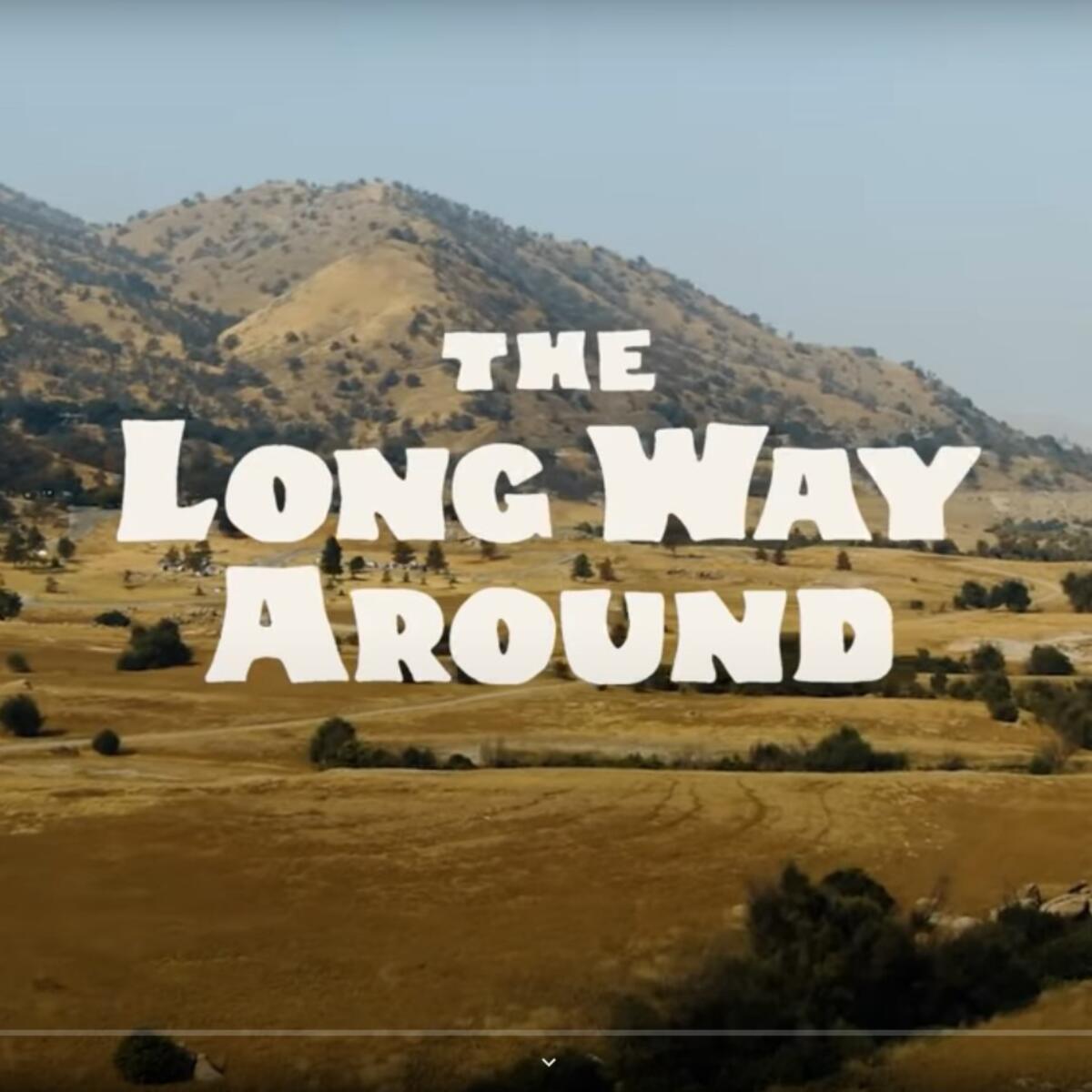
The most intriguing part of the new cycling film “The Long Way Around” isn’t what happens on the bike. I was rocked at seeing four endurance cyclists — led by filmmaker Chris Burkard of Pismo Beach — strapping mountain bikes on their backs to explore tough trails in the Sierra Nevada.
The film chronicles a bike-packing journey where participants carry their bikes on forest trails until they hit areas where they can ride, somewhat like what portage is to kayakers. The cyclists covered a loop with a tough climb in Kings Canyon and Sequoia national parks. The adventure was interrupted by wildfires, with cyclists wandering amid the gray ash-covered terrain of what once was robust and green forest. It’s not long, but it offers a great look at one person’s idea of an epic adventure. What’s yours? The film dropped Jan. 14 and is free to watch here.
Wild things
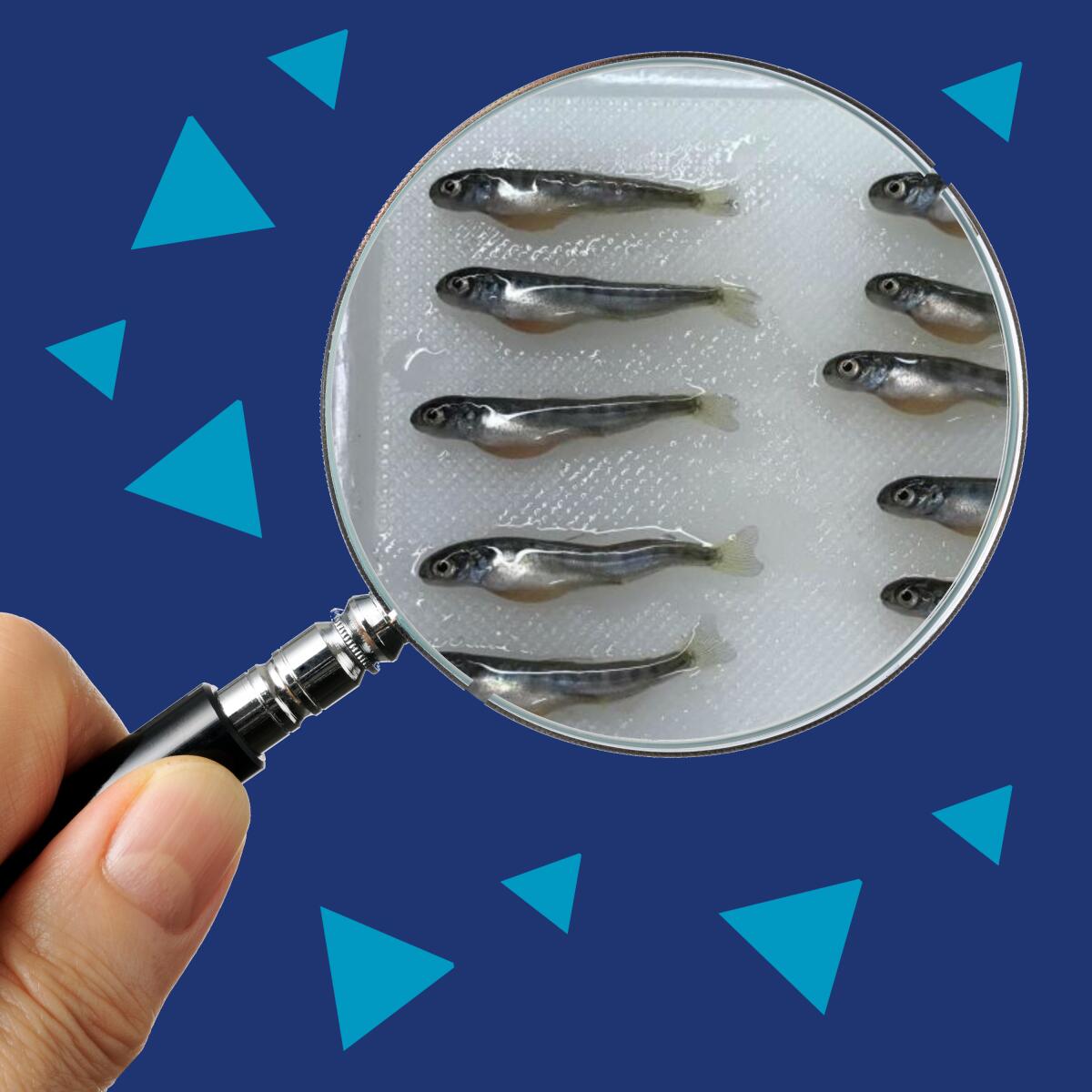
A puzzling vitamin deficiency appears to be afflicting baby chinook salmon in California, an endangered species that federal researchers are watching carefully. Scientists figured this out after salmon in a Shasta Dam fish hatchery started swimming in circles and dying.
“When scientists observed the young salmon’s screwball behavior, they reached out to their networks in oceanography, ecology and fisheries: Had anyone seen anything similar? Did anybody know what was going on?” my Times colleague Susanne Rust reported. “As it happened, scientists and hatchery managers around the Great Lakes had observed similar abnormalities in lake trout, beginning in the 1960s. Although it took a few decades, scientists eventually unlocked part of the mystery: The fish had a deficiency of thiamine, or vitamin B1.” Read the full story here.
P.S.

Amy Waldman recently wrote about “What It Means to Look at Paintings of Snow” in the New York Times Magazine. It’s a wonderful exploration of art over the centuries, looking at pieces that feature snow as the central character. It also laments how snow in the East, in our climate-changing times, can disappoint, not living up to the “emotional registry of the feelings — smallness, sublimity, foreboding, tranquility — that snow evokes.”
In L.A., snow astounds, especially the white stuff that recently fell in Pasadena, Malibu and West Hollywood. It’s something we visit in the mountains and then rush back to the beach to marvel at Southern California’s dual personality.
Our aesthetic longing may involve roads. David Hockney’s gorgeously snaky “Mulholland Drive: The Road to the Studio” and “Pearblossom Highway” come to mind. These works of art feed our belief that the open road can be healing and freeing, driving through landscapes that click by like frames of a film. The lament? Traffic, which can keep us stuck in the city.
Send us your thoughts
Share anything that’s on your mind. The Wild is written for you and delivered to your inbox for free. Drop us a line at TheWild@latimes.com.
Click to view the web version of this newsletter and share it with others, and sign up to get it sent weekly to your inbox. I’m Mary Forgione, and I write The Wild. I’ve been exploring trails and open spaces in Southern California for four decades.

Sign up for The Wild
We’ll help you find the best places to hike, bike and run, as well as the perfect silent spots for meditation and yoga.
You may occasionally receive promotional content from the Los Angeles Times.




